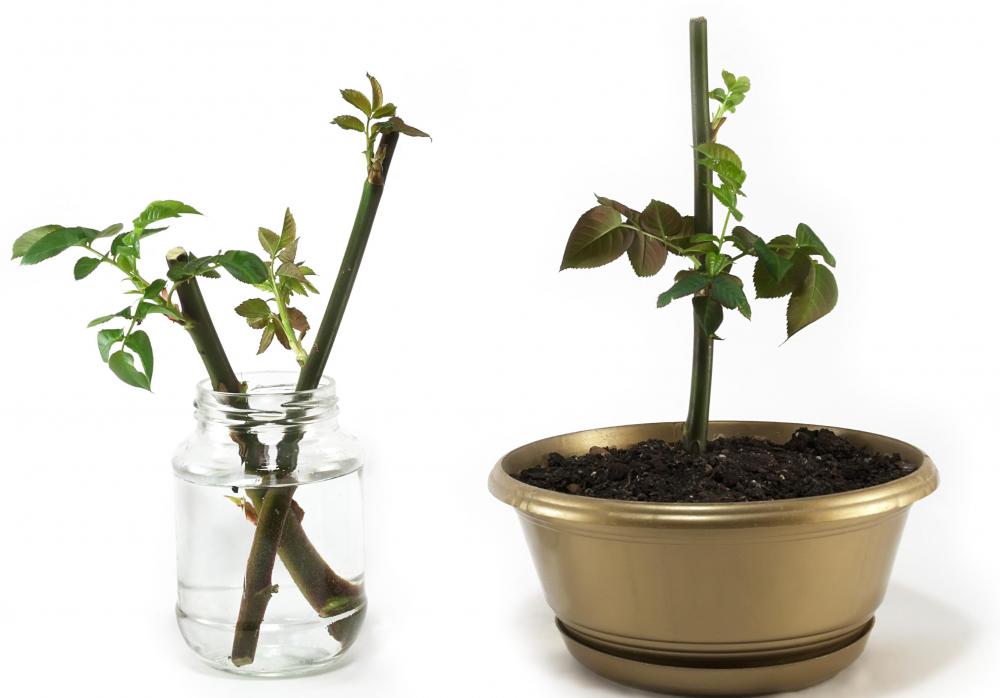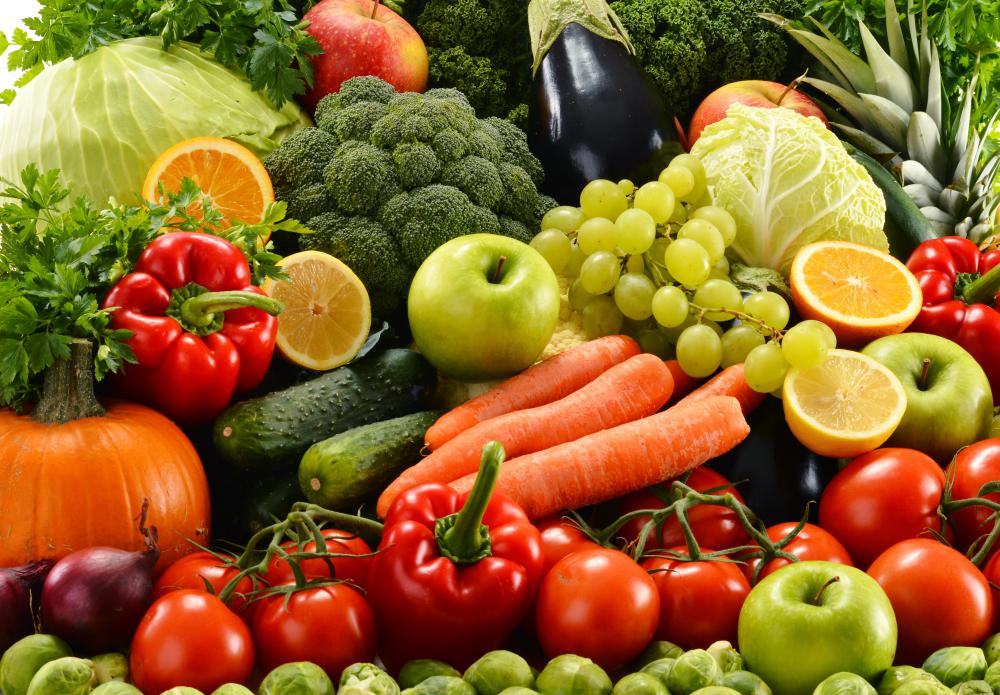At HomeQuestionsAnswered, we're committed to delivering accurate, trustworthy information. Our expert-authored content is rigorously fact-checked and sourced from credible authorities. Discover how we uphold the highest standards in providing you with reliable knowledge.
What is Plant Propagation?
Plant propagation is the process of reproduction of plant life; it also refers to causing the biological reproduction of plants. The reproduction of plants can be sexual or asexual. Sexual plant propagation produces a new generation of plants via the exchange of genetic material from parent plants. Asexual propagation is the reproduction of plant life that is identical to a single parent. Seeds are involved in sexual reproduction, and various cuttings and grafting are used in asexual reproduction.
There are some distinct advantages to plant propagation by seed. Depending on what plant is desired, it might be the only means of reproduction. It is almost always the easiest and most economical method of producing plant life and is the only way of acquiring new varieties. The use of seeds to grow plants is one all-natural way of avoiding certain diseases. Vegetables and flowers that are annual or biennial are often grown from seeds; perennials can be grown from seeds, but some will not flower after one season.

Despite the advantages of plant propagation by seed, it is not always recommended, especially when dealing with a variety that is not native to the region where it is to be planted. This is because the seeds could grow into noxious weeds, attract destructive insects and give way to diseases. Gardeners are advised to familiarize themselves with the laws and regulations governing the importation of plant life, in order to prevent harming the environment. Residents of the United States can check with the Animal and Plant Health Inspection Service of the U.S. Department of Agriculture. Unhealthy seeds can harbor disease, so gardeners are advised to be sure that only healthy seed is saved and used for future crops.

Asexual plant propagation involves plant cuttings to achieve reproduction, but there is no variation in the crops obtained in this manner. Instead, the offspring is an exact replica of the single parent plant. Stem, leaf and root cuttings from which plant material regrows are often used to propagate houseplants. Other methods of this type of reproduction include layering and grafting. Fruit-bearing trees cultivated in orchards are often propagated by grafting.

Many people have returned to organic gardening to help protect the delicate plant life on Earth, because animal life also depends on plants. This is why farmers and gardeners often are encouraged to participate in plant propagation for heirloom flowers, fruits and vegetables. One of the best sources for plant cuttings, seedlings and heirloom seeds is a gardeners' club or association in which participants not only exchange knowledge and ideas but also seeds.
AS FEATURED ON:
AS FEATURED ON:













Discussion Comments
I grow nearly all my plants from seed. I love having control over the process from start to finish, so I like to start from scratch.
One type of plant that does extremely well from seed is the zinnia. The seeds sprout in just a week, and the seedlings grow rapidly after that. The plants are about two or three feet tall when they are grown, and they are covered in beautiful flowers that attract butterflies and dragonflies.
If you leave this plants in place until the seeds fall off, then you will have a huge batch of them pop up in the following spring. You will likely have so many that you will need to move a few around.
I like to save some seed by plucking them from the dried flower heads. That way, I can plant them wherever I wish.
@seag47 - It works better if you cover the rose cutting with a clear jar while it is trying to take root. This protects it from the wind and any cold snaps, and it also keeps moisture in the soil from evaporating.
Also, it is best to dip your cutting in a rooting hormone powder before planting it. This helps encourage root growth, and I have had more success when using it than when I've just used a jar.
I gave my neighbor some cuttings from my rose bush, and that same season, I tried to propagate extra rose bushes from it. I used rooting hormone and she didn't, and mine survived while hers died.
What is the best way to propagate rose plants? I have tried taking cuttings from several bushes in the past, but all of them have died before taking root.
I cut off a section at a forty-five degree angle like gardening experts recommend, and I kept it in moist soil. I don't know what went wrong.
I have a gorgeous pink rose bush growing in my yard, and I really would love a few more like it. That is why I have been trying to propagate them.
Chrysanthemums are woody plants, so propagation of them is easy. They tend to bush out and shoot out extra roots every year, so it does not harm them to borrow some of the shoots to make new plants.
You can use a sharp spade to cut off a new section of growth at the roots. Just cut all the way through the ground until you have loosened the section you want to transplant.
Then, plant it in the soil and water it well. Keep mulch around it until it is well established, because this will keep the moisture in the soil and provide it with the nutrients it needs to become strong and substantial.
Post your comments